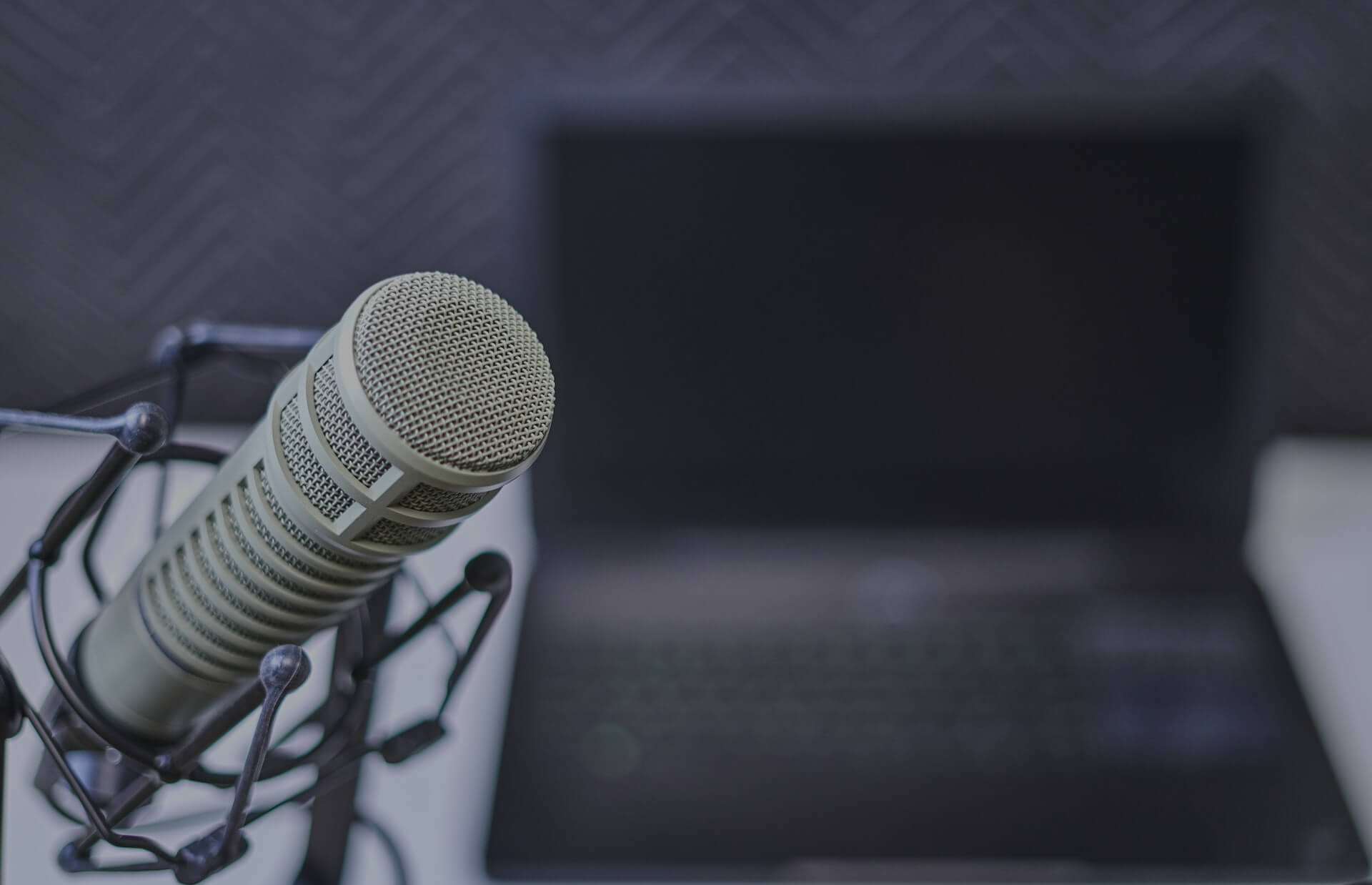In the speech to text software industry, the main solutions being used to track and report video and audio content are digital dictation and digital transcription. While they might seem similar, professionals should be aware of the key differences between them to ensure that they’re using a solution that best fits their business model and individual needs.
The Key Differences Between Dictation and Digital Transcription
Both digital dictation and digital transcription allow for detailed note-keeping and information tracking, but are different depending on the situation. Here are some of the key differences:
Digital dictation software often involves using a special device called a Dictaphone, which is used for recording audio like lectures or notes. Similar to a voice recorder, digital dictation systems are handheld microphone devices that are ideal for recording short snippets of information. Once the voice note is recorded, users can play back their recordings, organize them and review the audio that the software captured.
Transcription solutions like those developed by Verbit use a combination of automatic transcription and human editing to provide detailed transcripts from recorded video or audio files. Recordings can be processed through an AI system which then automatically generates a transcript of what’s being said in a video. Next, a professional transcriber accesses the file and listens to the audio, making grammar, spelling and punctuation corrections to the transcript for better accuracy levels.
A Closer Look at Dictation and Digital Transcription Systems
When deciding on what system to use, it’s helpful to take a closer look at the facts to identify differences between them. Doing so will help determine which use case is most appropriate for a specific business, its departments and employees. There are even some situations where dictation and transcription can be used at the same time.
Here are some helpful factors to consider with dictation-transcription solutions:
1. Time and Flexibility
Some businesses need quick turnaround times when it comes to organizing their information. For example, an attorney might need to take down an important note related to their conversation with a client. In this case, a digital dictation software would be beneficial as it would allow them to quickly make a recording of their client’s feedback or notes. In comparison, transcription requires extra time because it involves creating the recording first before sending it to a vendor to transcribe.
When it comes to flexibility, transcription offers more customization. For example, tools like Verbit’s allow users to obtain transcripts in different formats like word documents or PDFs. It also offers the options to add speaker identifiers to the text, and is useful for information that’s being shared with individuals who may or may not be familiar with the topic or speaker of the video.
2. Accuracy
Some digital dictation systems are designed to work with speech recognition software. For example, certain Dictaphones can be programmed to send copies of recordings to an AI system that develops a transcript automatically. In other situations, the Dictaphone can also be connected to an auto-transcription software that’s installed on a computer.
While auto-transcription can be effective for time-sensitive requests, AI alone isn’t always reliable. To make sure transcripts are fully accurate, it’s best practice to use a professional provider like Verbit for transcription needs. Human editing ensures that any mistakes accidentally made by the speech recognition software are fixed before being sent back, saving valuable time that would otherwise have been spent by having to edit the transcript for errors manually.
3. Accessibility
For businesses and legal institutions providing services to the public, providing effective communication is crucial to meet ADA guidelines. 37.5 million adults report trouble with hearing, meaning that an accommodation need is likely to arise during the course of business.
When it comes to accessibility, transcript solutions like Verbit’s are one of the most effective tools for ensuring effective communication for video and audio. Deaf and hard of hearing individuals need transcripts to be able to understand video and audio content, including those that are recorded when using digital transcription systems.
The Benefits of Transcription & Dictation
Professionals who want to save time on data tracking can benefit from these technologies to drive outcomes in the workplace. Using one system is sometimes enough, but it’s clear that combining dictation and transcription is most beneficial, especially when incorporating an effective transcription solution like Verbit’s.
Verbit provides transcription and editing solutions that offer accurate results for businesses and legal organizations. Reach out to us to learn more about the useful transcription, captioning and audio description solutions being used by organizations like Rose Li & Associates, Storycloud and Skillshare.





